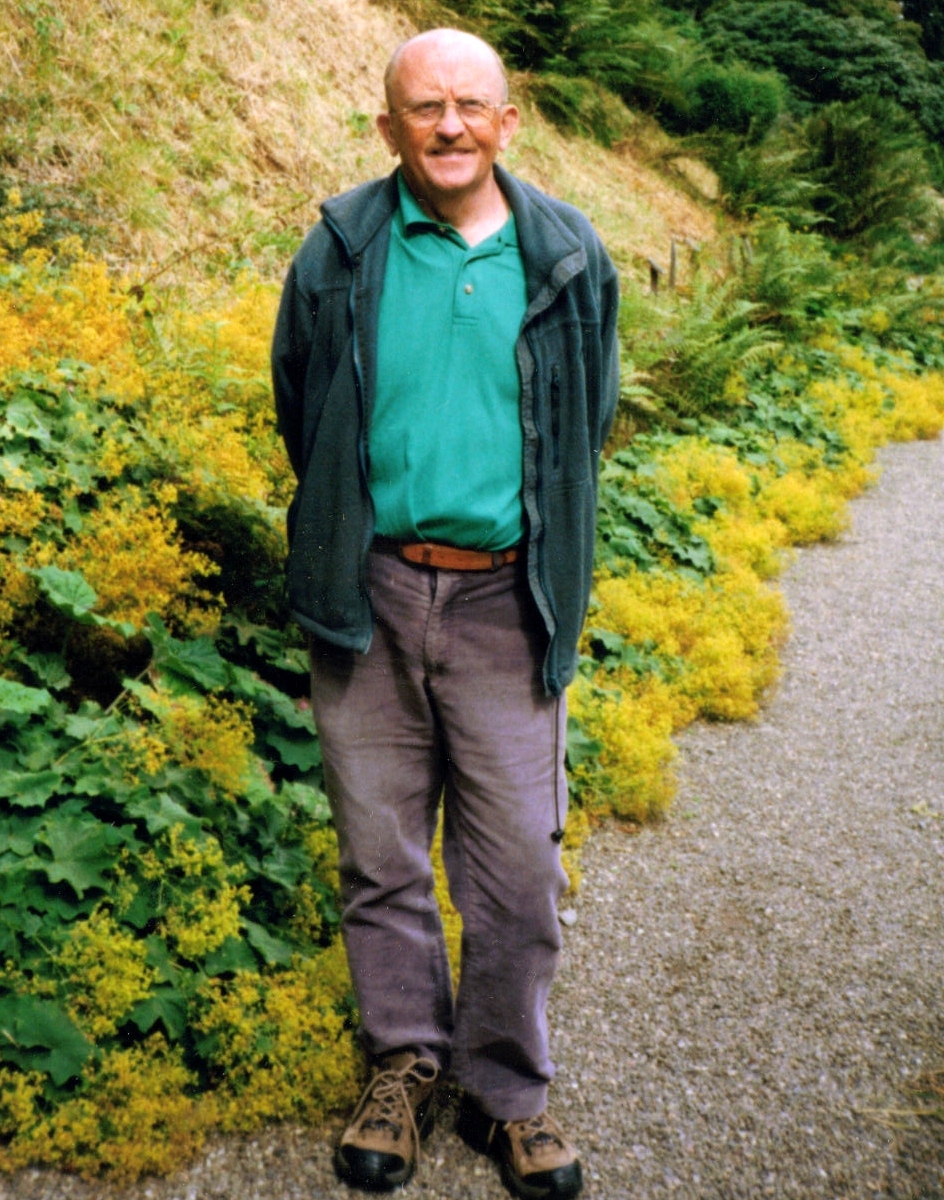For the Wednesday Botany Group the lockdown meant that we would miss out on our weekly visits to a whole range of interesting sites throughout the north of England during the spring and summer of 2020. Living at Bellingham in the north Tyne valley I decided to spend two or three days each week exploring the habitats, on foot, within a 5-mile radius of the house and as a keen wildflower photographer, it would be an opportunity to record all the plants found as they came into flower.
With so much information available nowadays, in the media and online, and so many opportunities to travel far afield, how often are we lured away from our immediate neighbourhood assuming that natural history interest must be better in other areas. The ‘other man’s grass’ syndrome.
Thinking back to some of the old naturalists who had much less freedom and opportunity to travel and, of necessity, focussed on their local patch, what lasting legacies of natural history observation were produced by people like Gilbert White or closer to home Thomas Bewick and George Bolam. So if any positives came of the lockdown maybe having to stay local opened up a whole lot of previously missed opportunities.

Between the end of March and early September, within that 5-mile radius from the house, I was able to photograph 332 species of flowers, grasses and sedges and visit habitats as diverse as moorland, ancient woodland, river corridors and old railway lines. Stand out memories are early spring in Hareshaw Linn with moschatel, early purple orchid and alternate leaved golden saxifrage, finding northern dock right next to the Bellingham threshold sign ( only for it to disappear after the verge was ‘tidied up’), and carpets of betony on the slopes of the River Tyne in July.
 About the author
About the author
Bill Burlton was the Forestry Commission Environment manager in Northumberland Tyne and Wear and Co, Durham for 20 years until his retirement in 2005. His work involved working on projects to protect red squirrels, birds of prey and small pearl-bordered fritillaries and, in particular, the restoration of the Border Mires. Since retirement, he has been involved with the Wednesday Botany Group and is currently joint informal co-ordinator along with Kevin Charman.